The Rune Knight channels the power of the giants through runes to control the battlefield. Knowing which rune is best will smooth out the early game and make your Rune Knight feel better. So, let’s imbue some armor pieces and start casting some pseudo-spells.
Runes are an element of the Rune Knight Fighter archetype that is unlocked at level three. You begin with two of the six runes known and get an additional rune known at levels seven, 10, and 15. To use a rune, it must be inscribed on a piece of armor, jewelry, or gear that you can hold in hand.
The best Rune Knight Runes in 5E, ranked
The strongest runes in DnD 5E combine strong passive effects with extremely potent, short rest-based abilities. While the Rune Knight Fighter does get five of the six possible runes offered to it, the order is critical. The Rune Knight is low power early and much stronger later, so getting the correct runes is very important.
This list goes over the strongest runes, but two of them—Hill and Storm—are only available after level seven. However, they all have a single passive effect and an effect that can be used once per short rest—upgraded to twice at level 15.
6. Frost Rune

The Frost Rune provides advantage on Animal Handling and Intimidation checks and, when activated, gives a plus-two for all ability checks and saving throws that use Strength or Constitution. This buff lasts 10 minutes or 100 rounds.
These are two middling benefits, all things considered. Fighters definitely don’t hate having advantage on Intimidation, but Animal Handling is often better used by Druids or Rangers. Or just your Wisdom-savvy party member. Even then, it’s a bit too specific to be handy to have advantage on at all times.
However, the real downside here is its activated benefit. A plus-two to skill checks and saving throws is nice, but it is far too specific, targeting only Strength and Constitution. Constitution has no traditional ability check in 5E, so your DM would have to get creative there. And Strength only has Athletics to fall on by default, meaning the first bonus isn’t that handy even with two ability scores.
A plus-two to Strength and Constitution saving throws is actually fairly potent. However, it is just a bit wasted on the Fighter—a class that has proficiency in both Strength and Constitution saving throws. As a Rune Knight, you actually want Strength and Constitution, so a plus-two is usually a bit overkill.
This isn’t a terrible rune, especially if you want to play the party talker. But, that’s not what a traditional Rune Knight does.
5. Cloud Rune
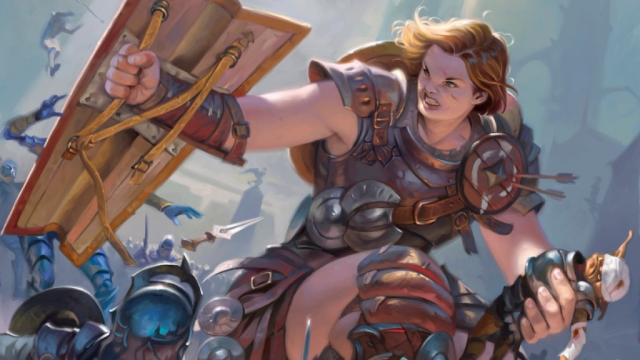
The Cloud Rune, for its passive effect, grants advantage on Sleight of Hand and Deception checks. When activated as a reaction, you can choose a character that just got hit by an attack roll and instead force someone else nearby to take the full effects of the hit. You can’t hit the attacker with this ability.
Cloud Rune starts strong with some cool ability score advantages. Sleight of Hand is commonly used for lockpicking and disarming traps, so having advantage on that lets you one-up your Rogue at times. Deception is also a fairly common skill check for conversations, about as common as Intimidation. When someone is shouting at you to give them answers, being able to roll twice with your no-doubt mediocre Charisma is worth its weight in gold.
The reaction is fairly unique. Instead of giving something like disadvantage on the attack (looking at you, Protection Fighting Style), you just make someone else take the hit. No saving throw allowed. The new target can even be 30 feet away from the original: You don’t have to take weapon range into account. That ogre who just slammed the Wizard through a wall actually sent his own Goblin into space.
The only real issue with this reaction is that it requires there to be a second, good target to take the damage. A once-per-short-rest damage replacement effect isn’t as potent when your Wizard’s damage just gets thrown onto yourself—you want to be hitting enemies.
Try to ensure that there is at least one target for this before a short rest. Using this early isn’t a terrible idea, even if it feels a lot better to send a crit right back at the enemy forces.
4. Stone Rune
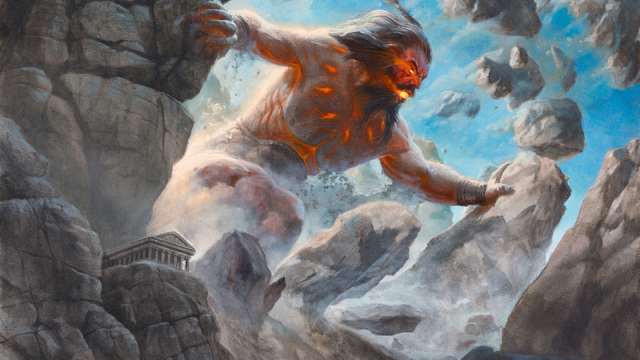
The Stone Rune grants 120 feet of Darkvision and advantage on Insight checks. When activated as a reaction, you can charm a nearby creature for one minute on a failed Wisdom saving throw. This version of charm incapacitates the creature and doesn’t end on damage, though they get to save every turn.
The Stone Rune is a very potent debuff. As a reaction, landing incapacitation is quite strong. It’s almost as if you could, as a reaction, cast Hold Monster. At level three.
It’s not quite the same power level, but incapacitation is very annoying for enemies to deal with. Usually, this is compensated by the caster having to spend an action to negate enemy actions. The Stone Rune just does it for fun once an enemy’s turn ends, guaranteeing that you know exactly where they will be and that they can’t do anything for a round.
Make sure your Constitution modifier is high enough to support this rune if you want to see it be effective. Locking down enemies like this is rare and worth investing in.
3. Hill Rune

The Hill Rune grants resistance to Poison damage and advantage on saving throws to avoid the poisoned condition. Then, when activated, you gain resistance to physical damage for one minute.
Well, it’s somewhat rare for the Fighter to get one of the biggest reasons to play a Barbarian, but here we are. No wonder we had to wait until level seven for this. Fighters can access incredibly high AC with their heavy armor and shield. So, add onto that resistance to physical damage, and you’ve got someone who is only really going to die to magic. And that’s what Indomitable is for.
Enough about the activated effect, though. The passive effect is also really good. Dwarves get those abilities for free, but non-Dwarves get to enjoy high-level resistance to a very common enemy damage type. And that’s not to mention that the poisoned condition is one of the most annoying in the game, giving disadvantage to attack rolls. A poisoned Fighter is not a happy one.
If your Rune Knight plans on gumming up the frontlines—which might as well be their job description—then this is almost a must-pick.
2. Fire Rune
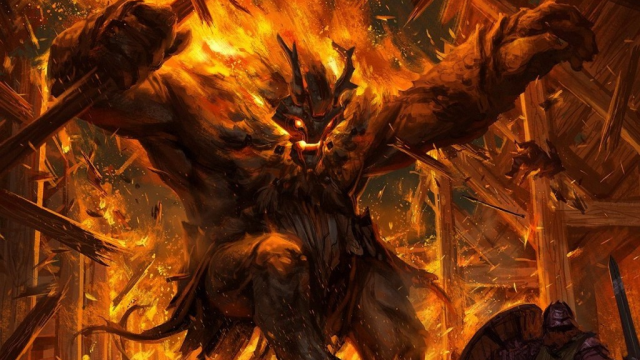
The Fire Rune gives you expertise with ability checks that use tools. Its effect activates when you land a weapon attack, dealing 2d6 damage and forcing a Strength saving throw. On a fail, the attack also binds the target in fiery chains which restrain them and deal 2d6 damage every turn.
Fire Rune is a very efficient option, especially at low levels. 2d6 damage on top of a weapon attack is basically the Paladin’s entire MO. And the Paladin doesn’t get to nab a damaging Restrain on top of that.
Restrained is a relatively dangerous status effect, especially for a Fighter. Getting advantage on all attack rolls against the target guarantees impressive damage. It also makes escape quite awkward, basically forcing a teleport or just praying for a good saving throw. And high Strength saving throws are relatively rare in 5E.
However, the passive ability is middling. Most tools are situational by design, so you don’t always get the opportunity to use them actively. However, you have Smith’s Tools by default and can get strong tools with backgrounds like Investigator. Try to build your race and background around making good use of this passive and you’ll be surprised at how effective it is.
1. Storm Rune
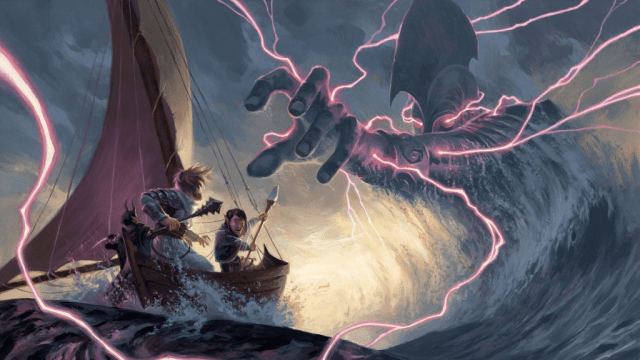
The Storm Rune is the best rune in 5E and is powerful enough to build your character around. The Storm Rune gives immunity to surprise and advantage on Arcana checks. When activated as a bonus action, you enter a state where you can grant advantage or disadvantage on attacks, saves, or ability checks as a reaction for one minute.
The passive abilities are nothing to talk about. Advantage on Arcana can come up and avoiding surprise isn’t bad—though, you’re very rarely surprised in 5E without first being asleep.
What’s really great about this ability are the reactions. Granting advantage and disadvantage at this level is really, really strong. By now, your Sorcerer or Bard can easily end encounters with single spell casts but can be halted by solid saving throws in Wisdom or Charisma. Giving disadvantage to those can be highly effective.
And even advantage on attack rolls or ability checks can be useful. Rogues will certainly love free advantage and Warlocks might want advantage before investing in a big spell attack roll. And since you give advantage on ability checks, you can even enter this form out of combat to make conversations significantly easier.
This is an exceptional bonus action and a resource that no Rune Knight should be without. Take it quickly.





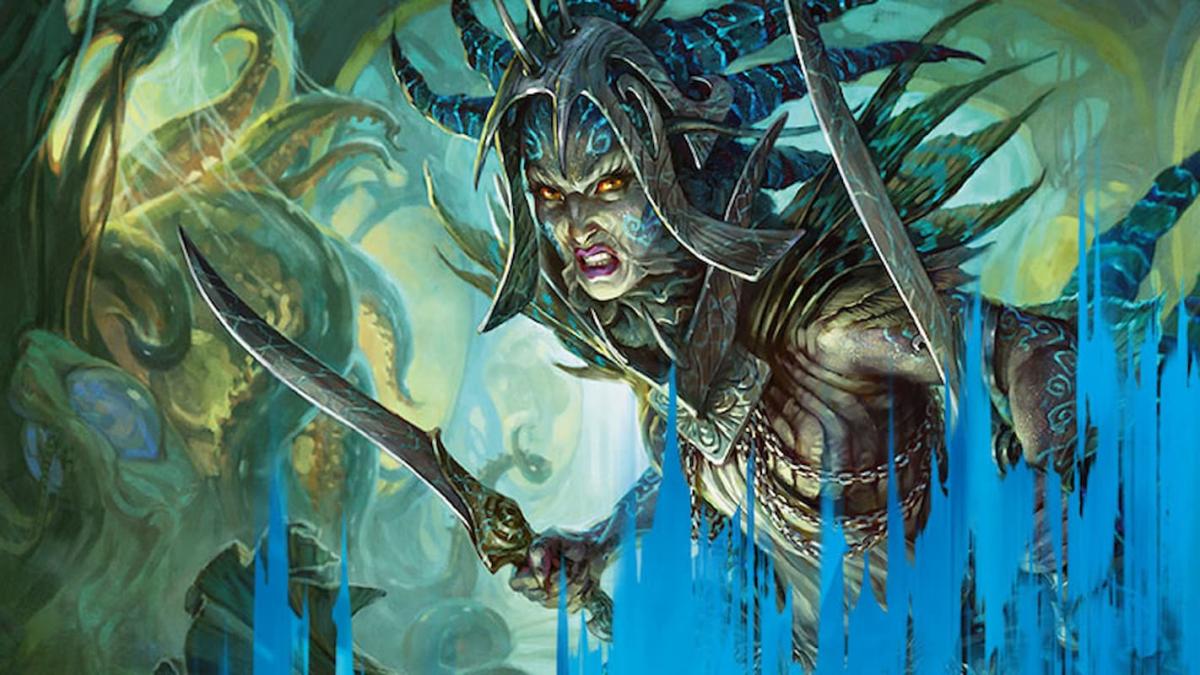
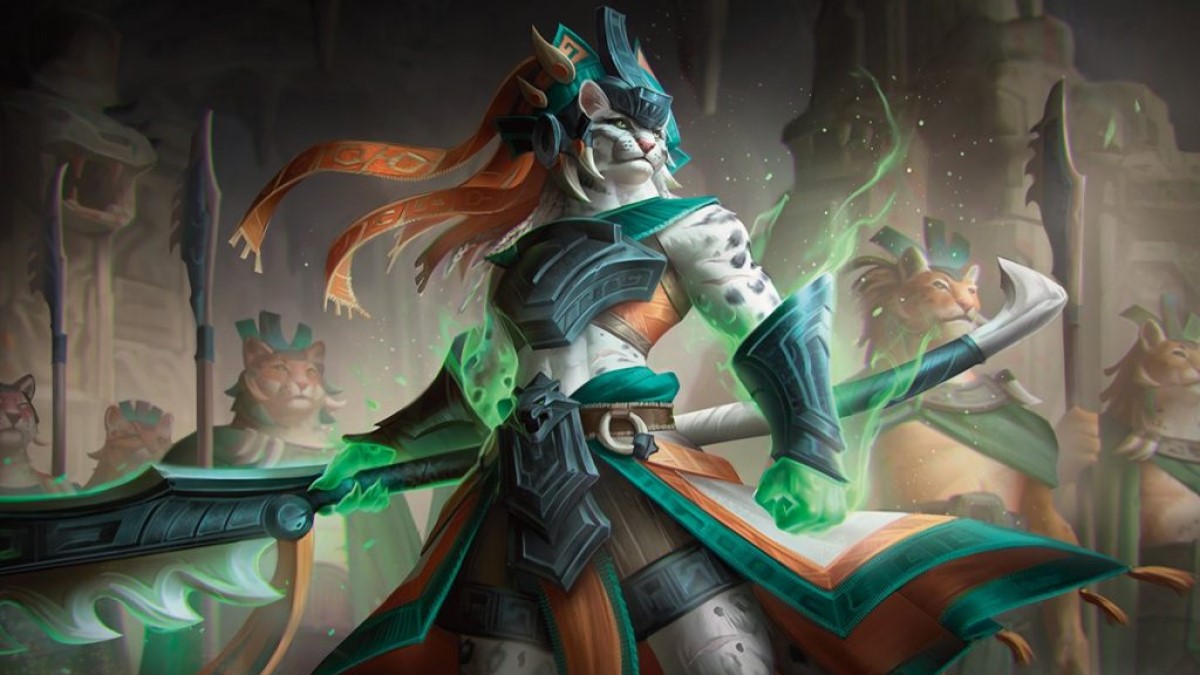





Published: Oct 15, 2023 01:05 am